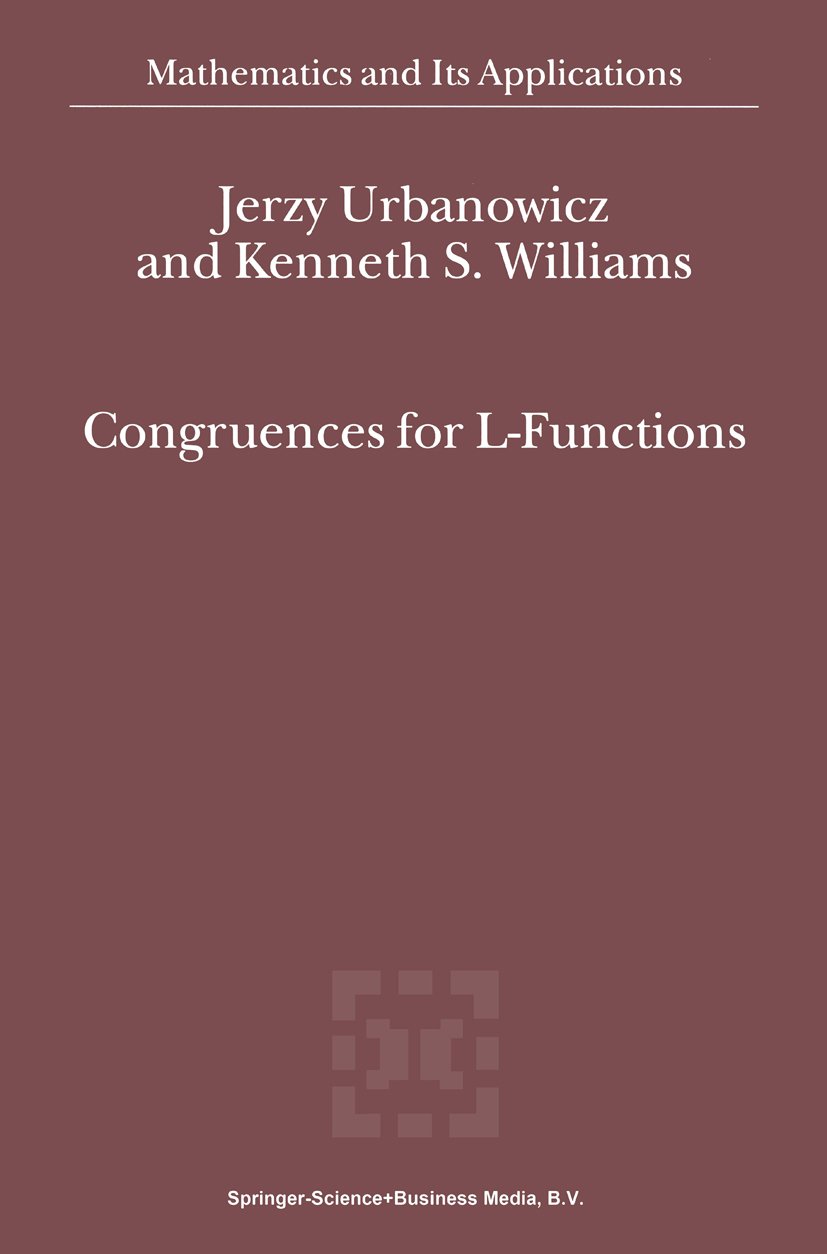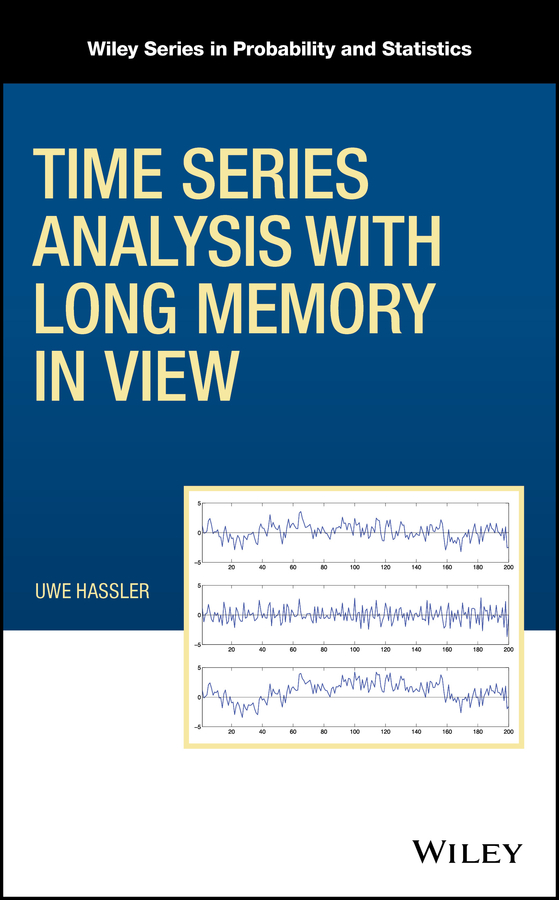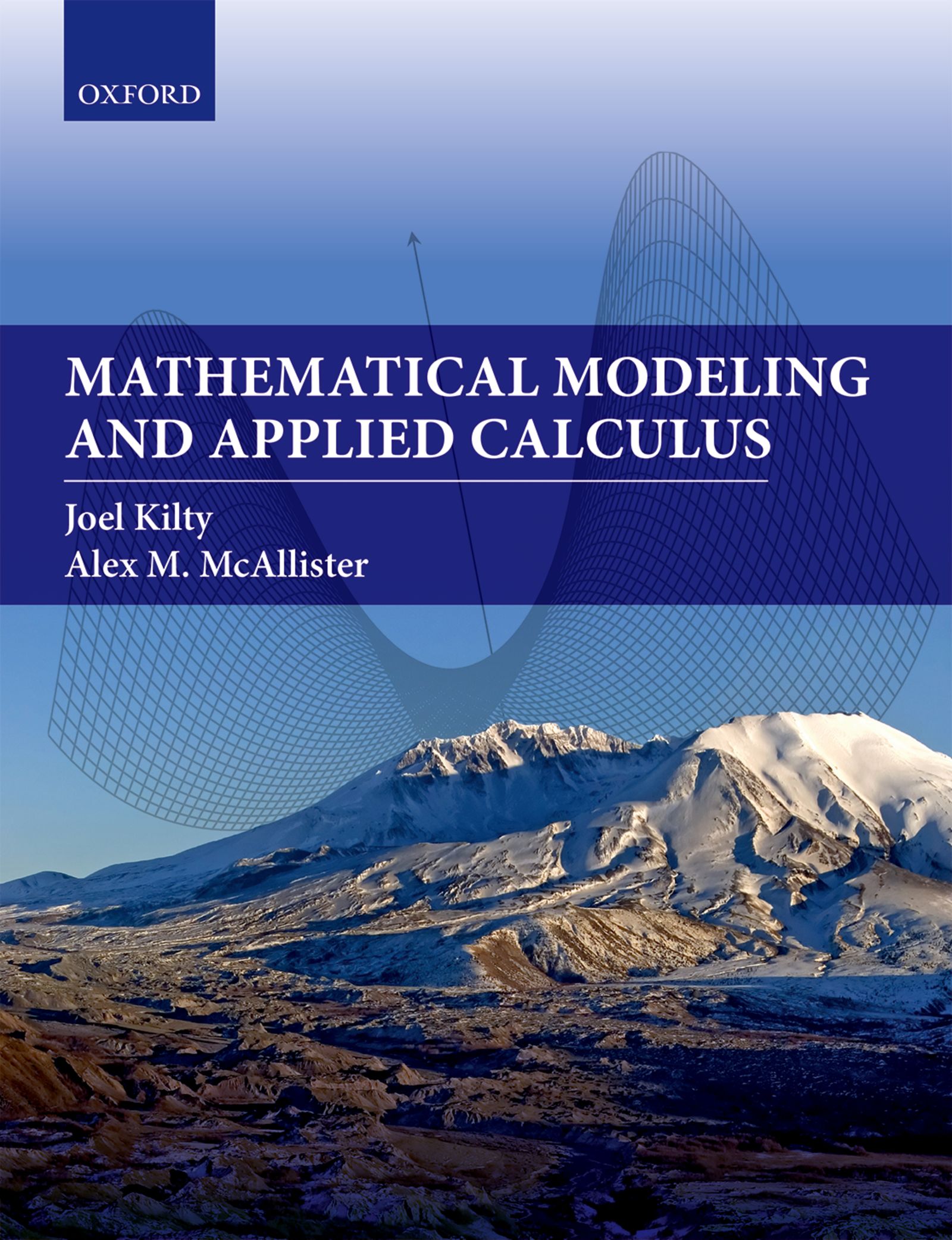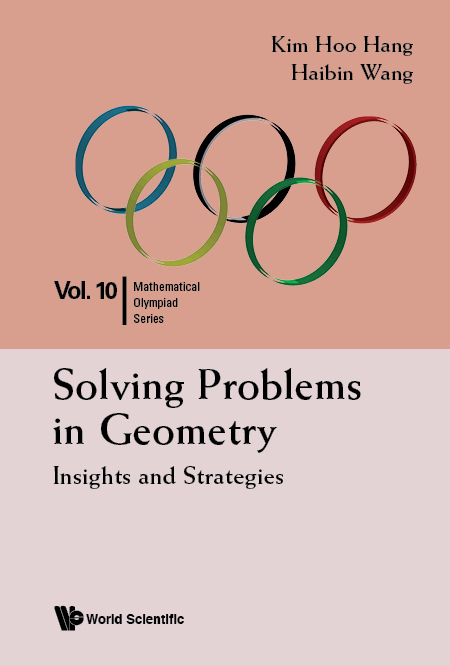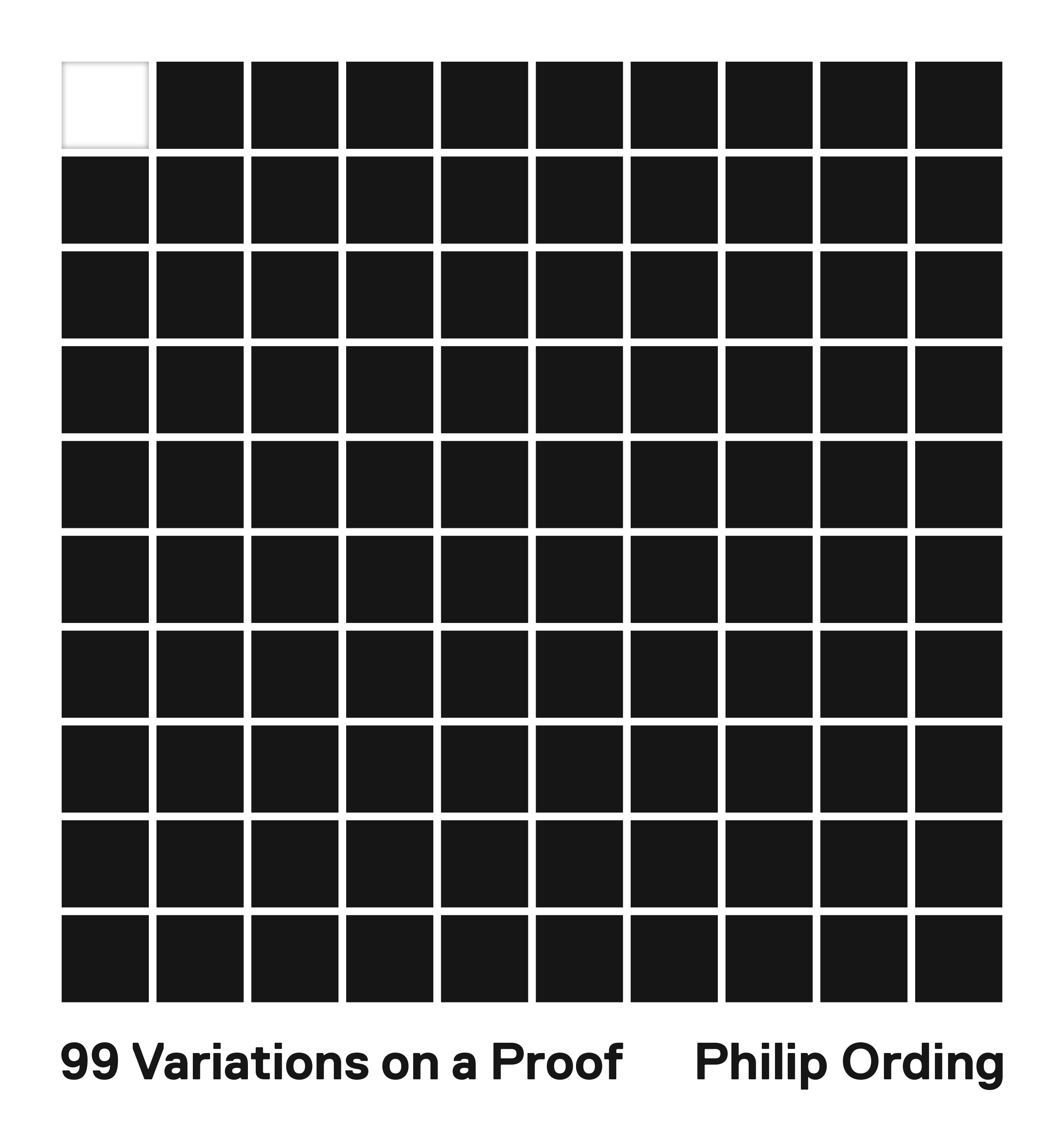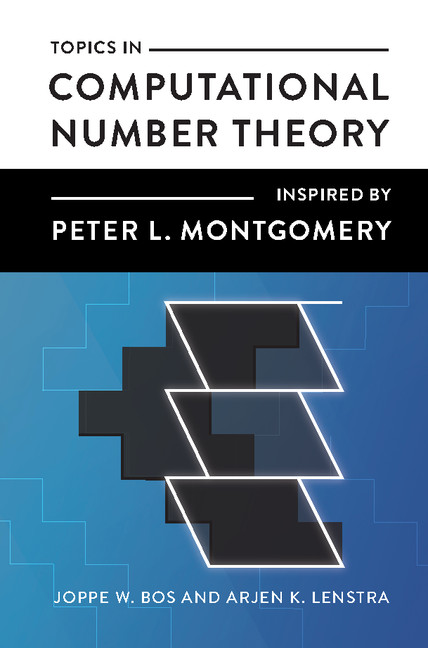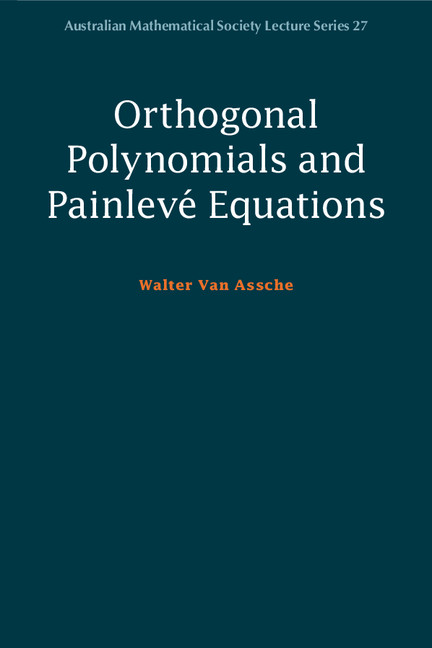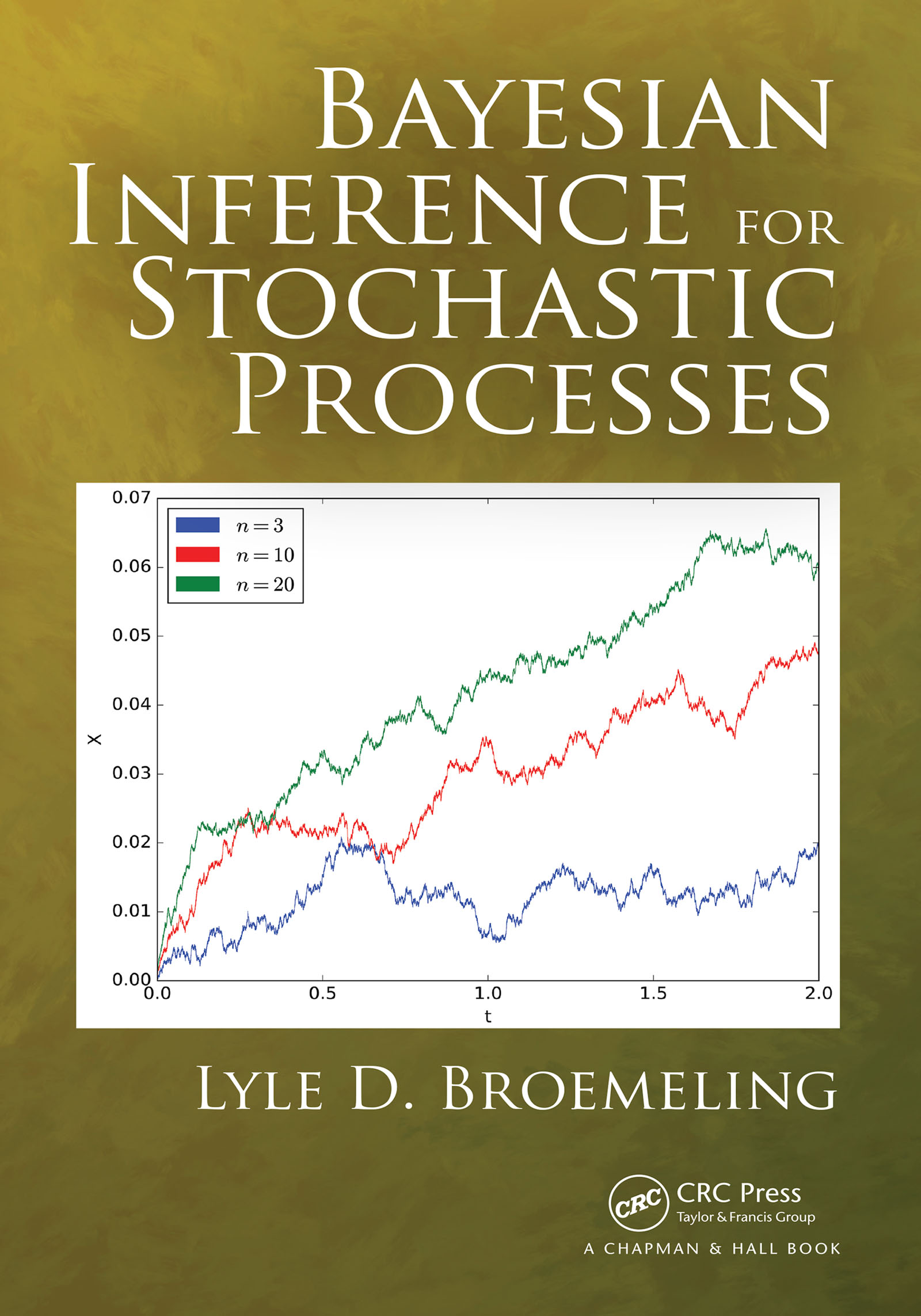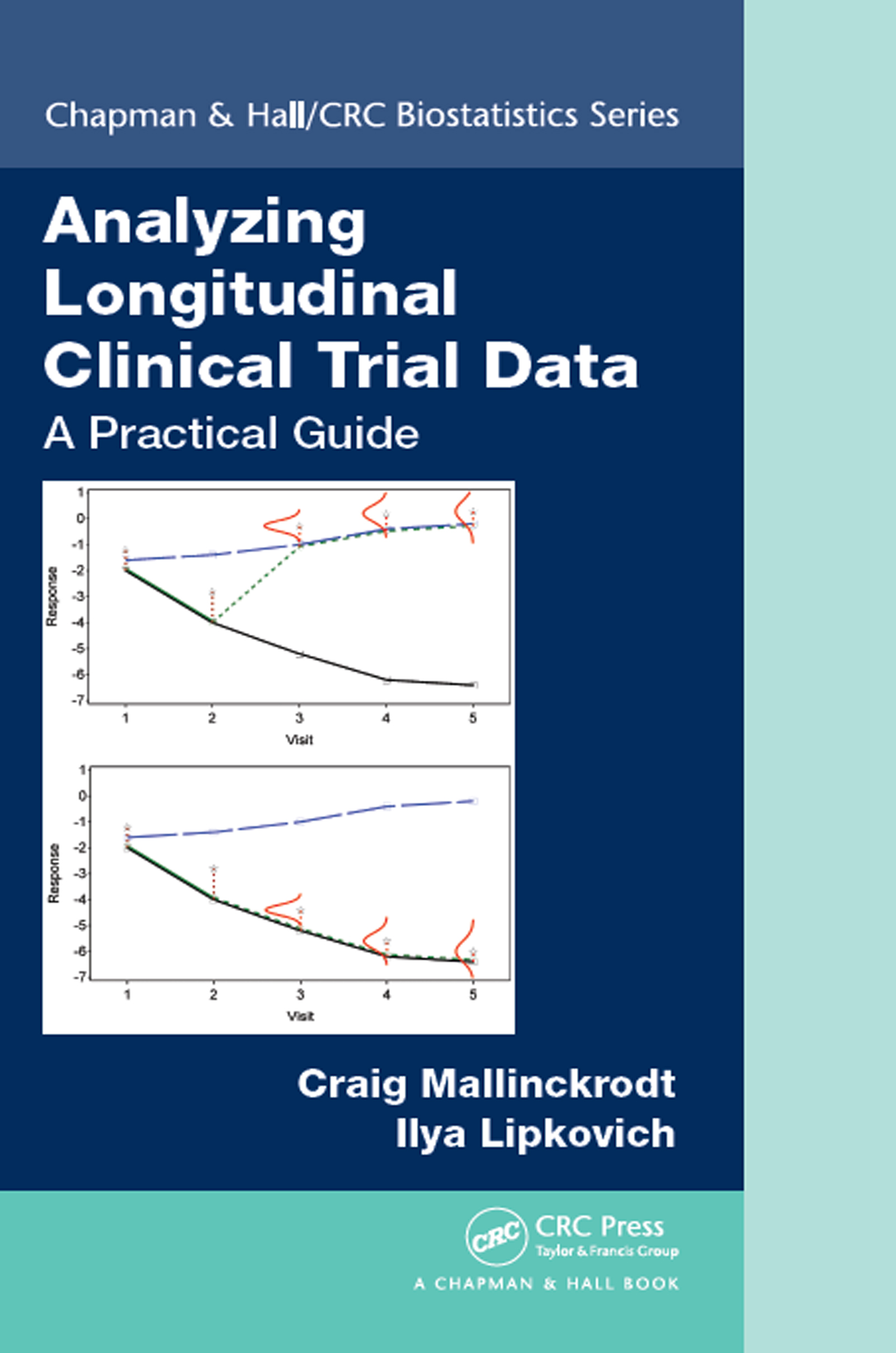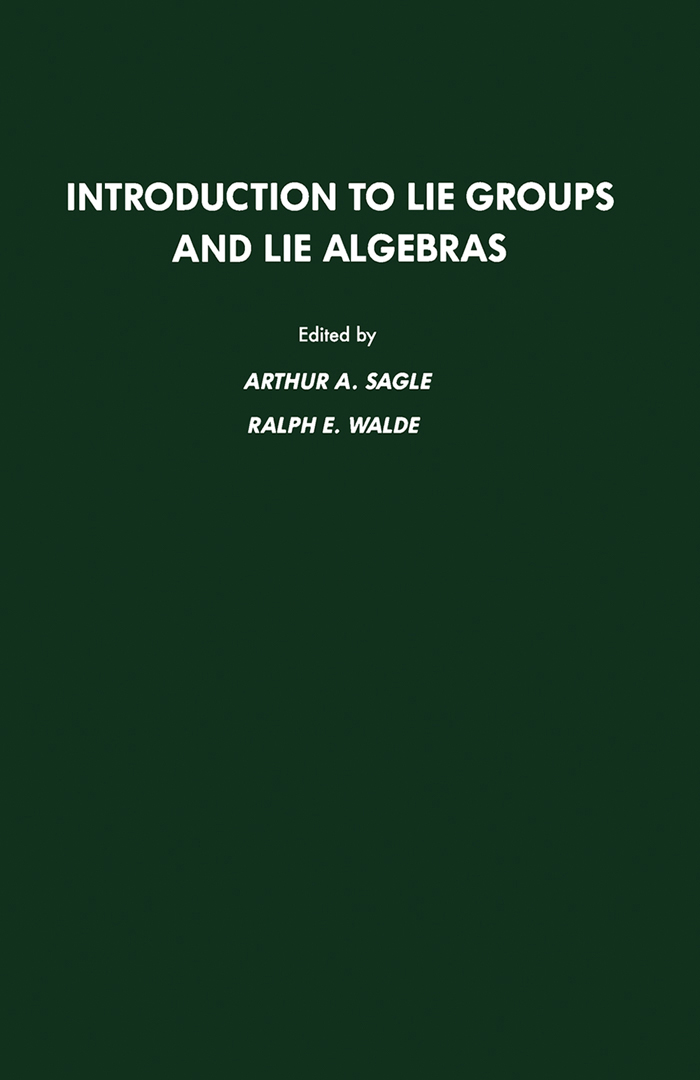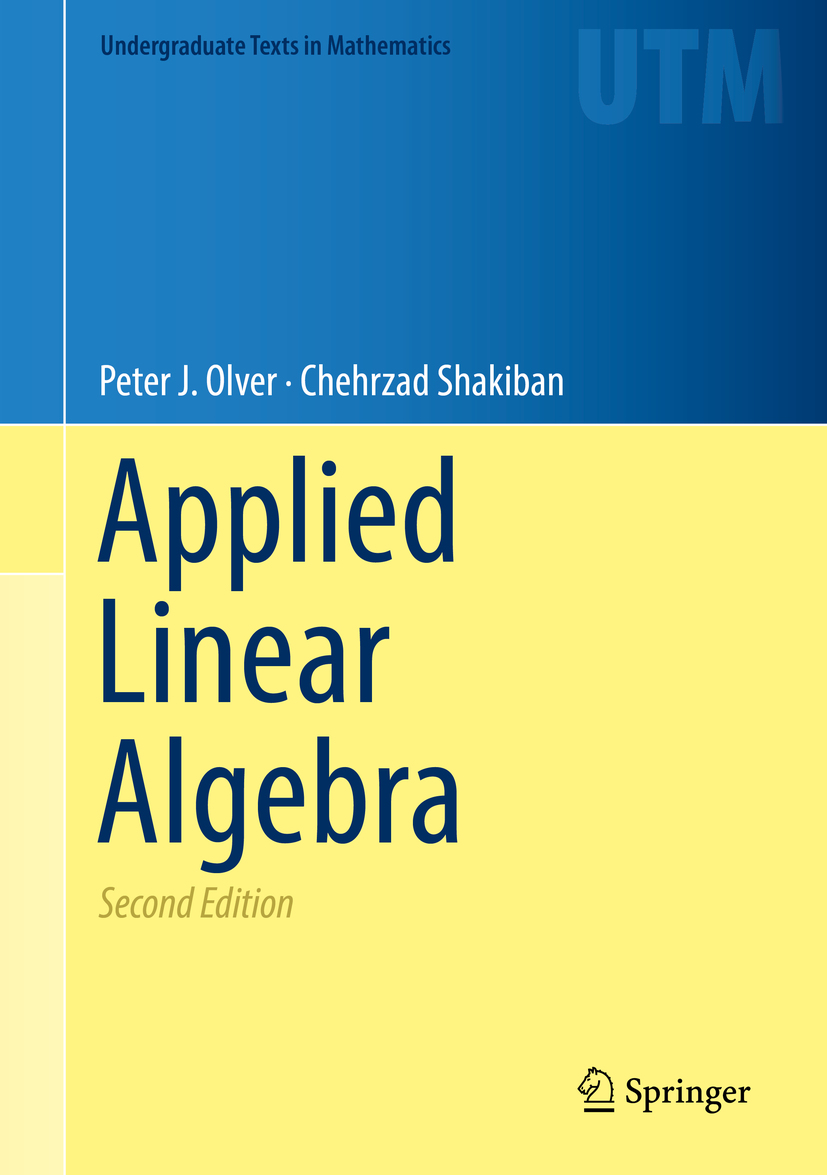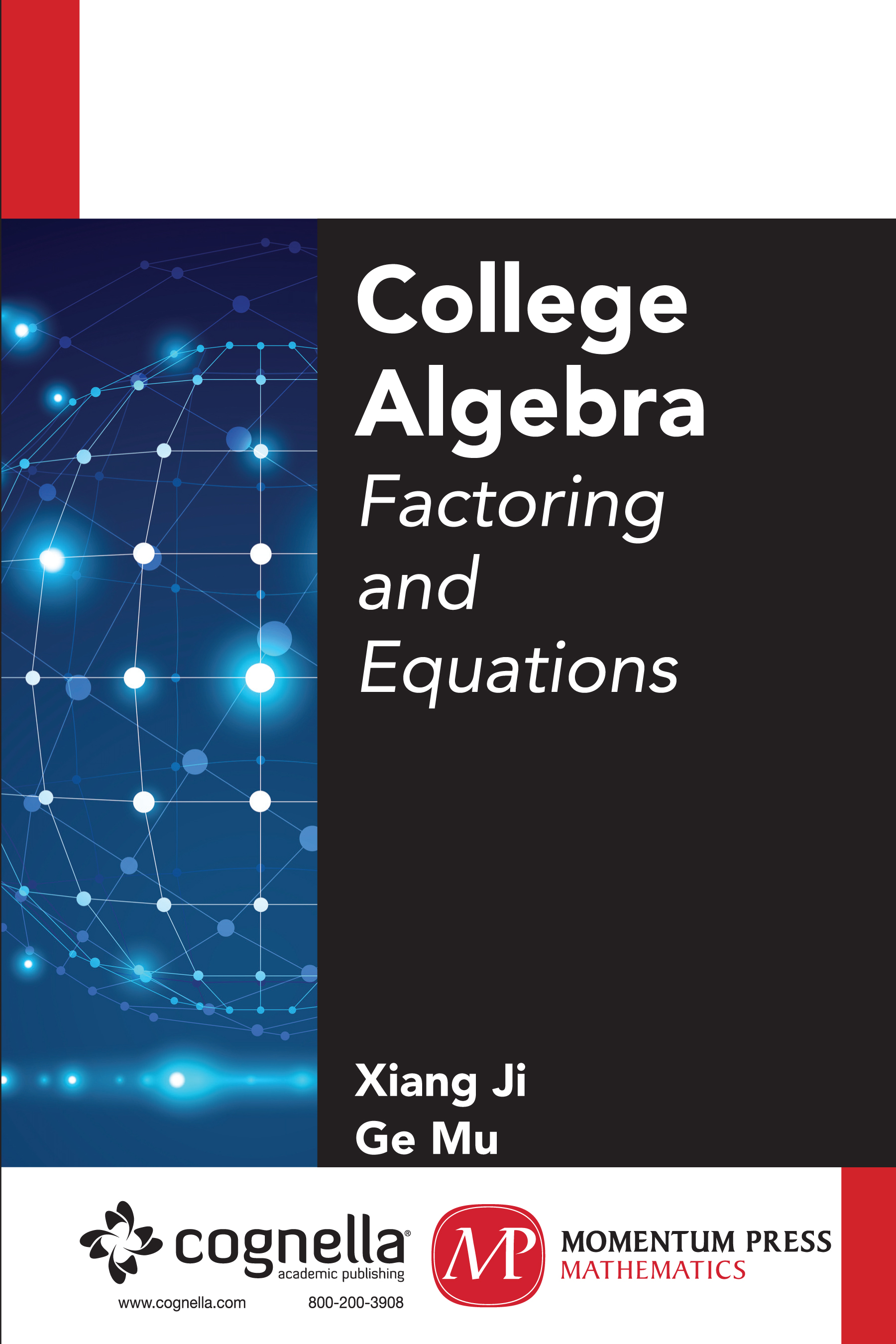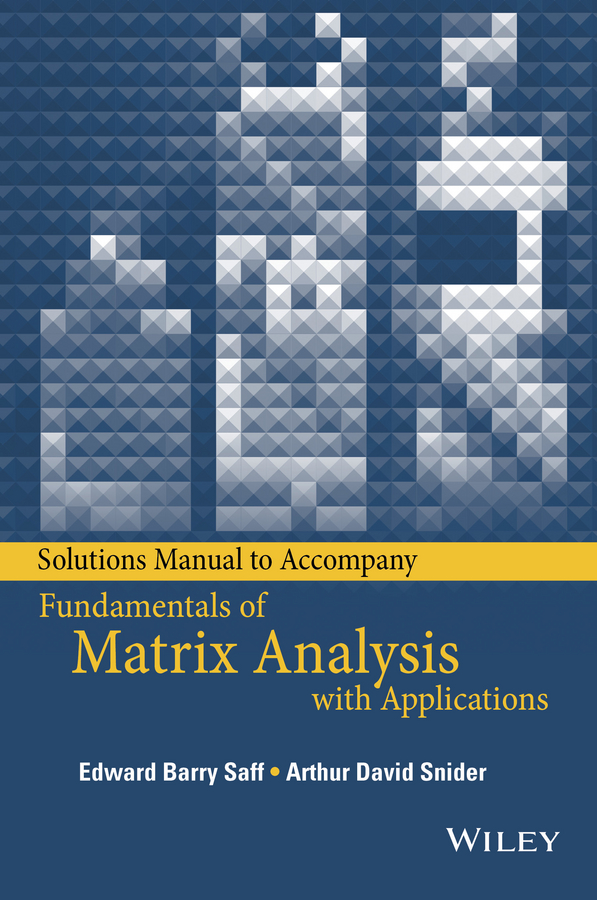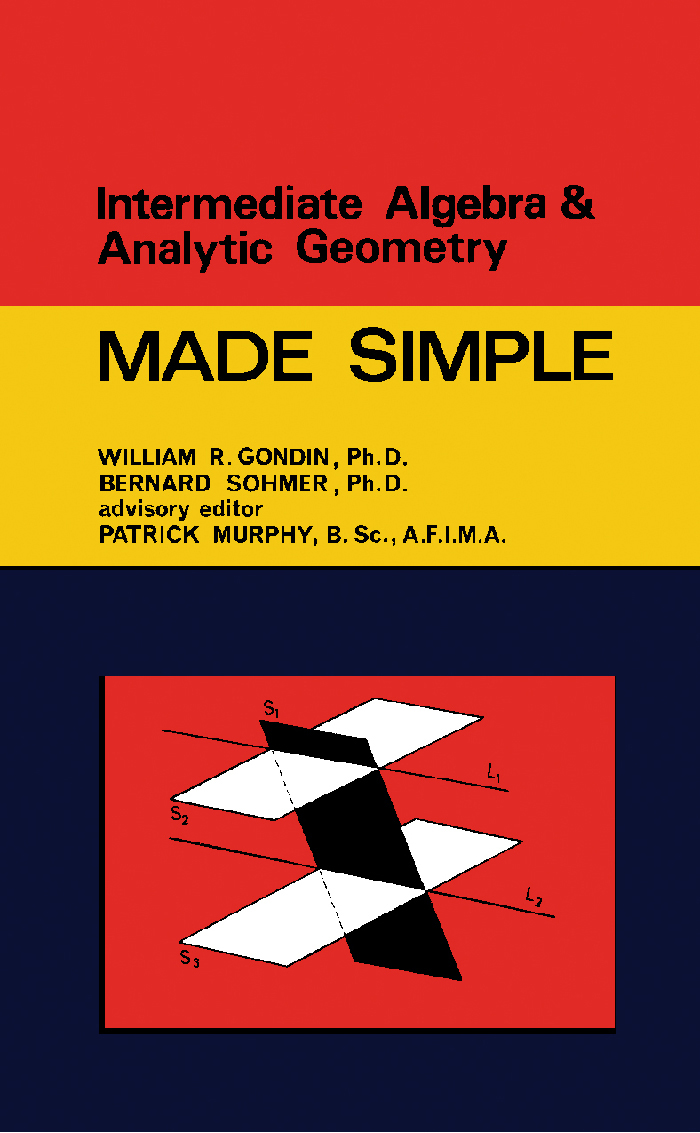Congruences for L-Functions
by J. Urbanowicz
2020-05-30 11:18:03
Congruences for L-Functions
by J. Urbanowicz
2020-05-30 11:18:03
In [Hardy and Williams, 1986] the authors exploited a very simple idea to obtain a linear congruence involving class numbers of imaginary quadratic fields modulo a certain power of 2. Their congruence provided a unified setting for many congruences p...
Read more
In [Hardy and Williams, 1986] the authors exploited a very simple idea to obtain a linear congruence involving class numbers of imaginary quadratic fields modulo a certain power of 2. Their congruence provided a unified setting for many congruences proved previously by other authors using various means. The Hardy-Williams idea was as follows. Let d be the discriminant of a quadratic field. Suppose that d is odd and let d = PIP2- . . Pn be its unique decomposition into prime discriminants. Then, for any positive integer k coprime with d, the congruence holds trivially as each Legendre-Jacobi-Kronecker symbol (<) has the value + 1 or -1. Expanding this product gives < eld e:=l (mod4) where e runs through the positive and negative divisors of d and v (e) denotes the number of distinct prime factors of e. Summing this congruence for o < k < Idl/8, gcd(k, d) = 1, gives < (-It(e) < (<) =:O(mod2n). eld o
Less


